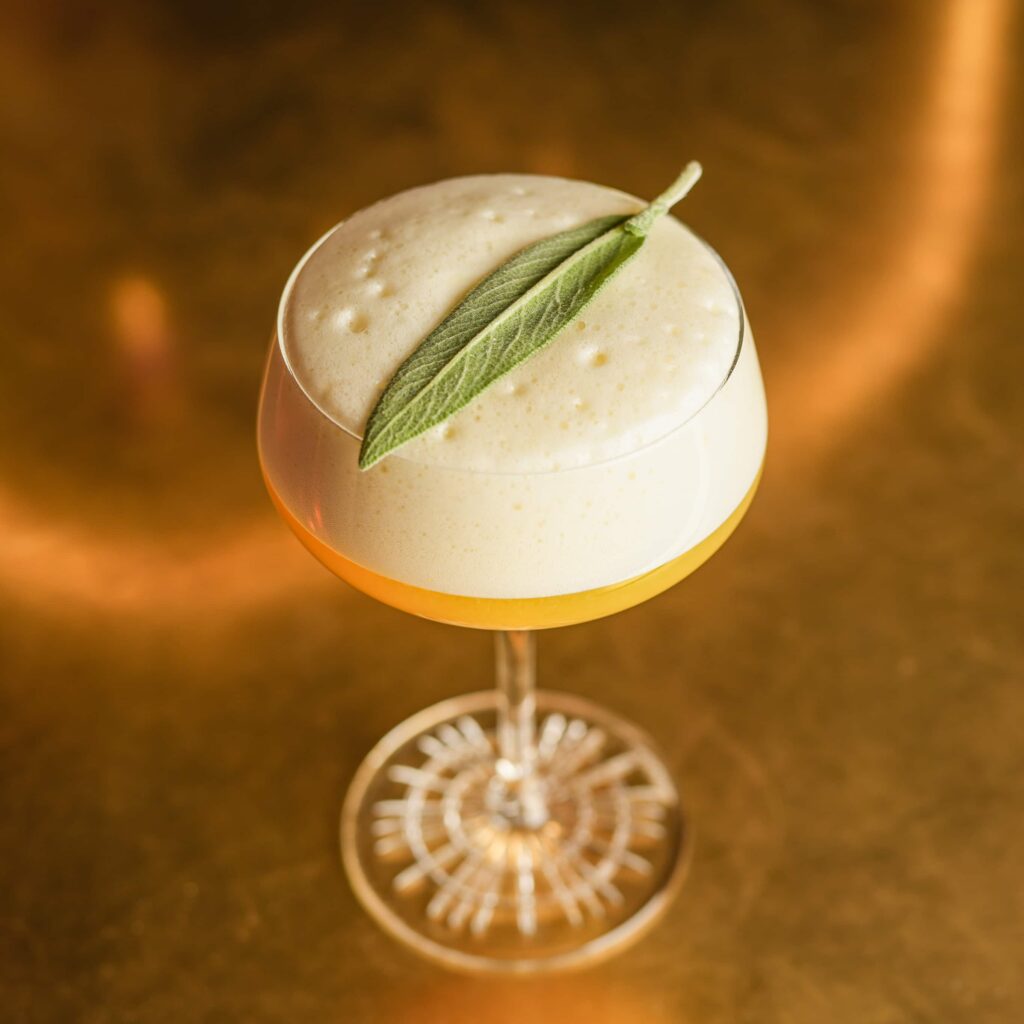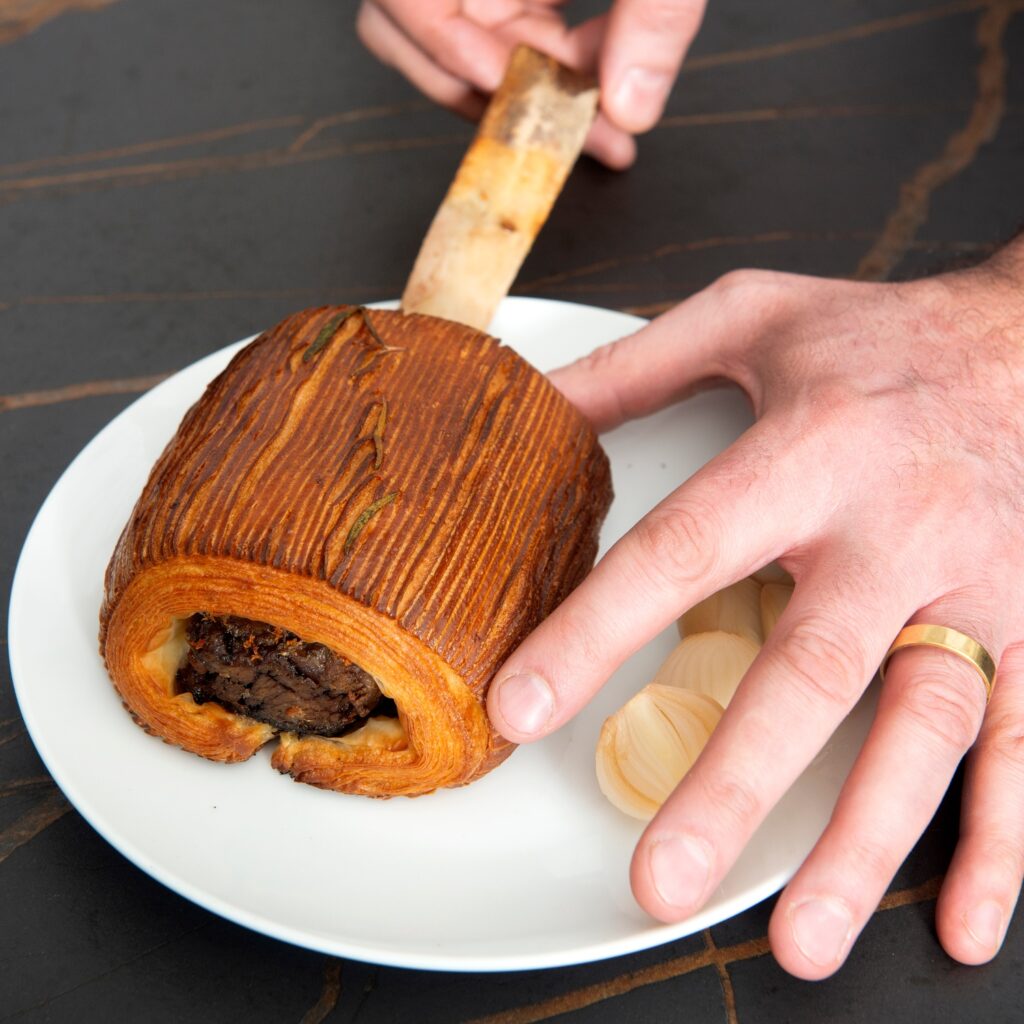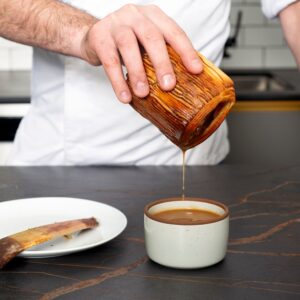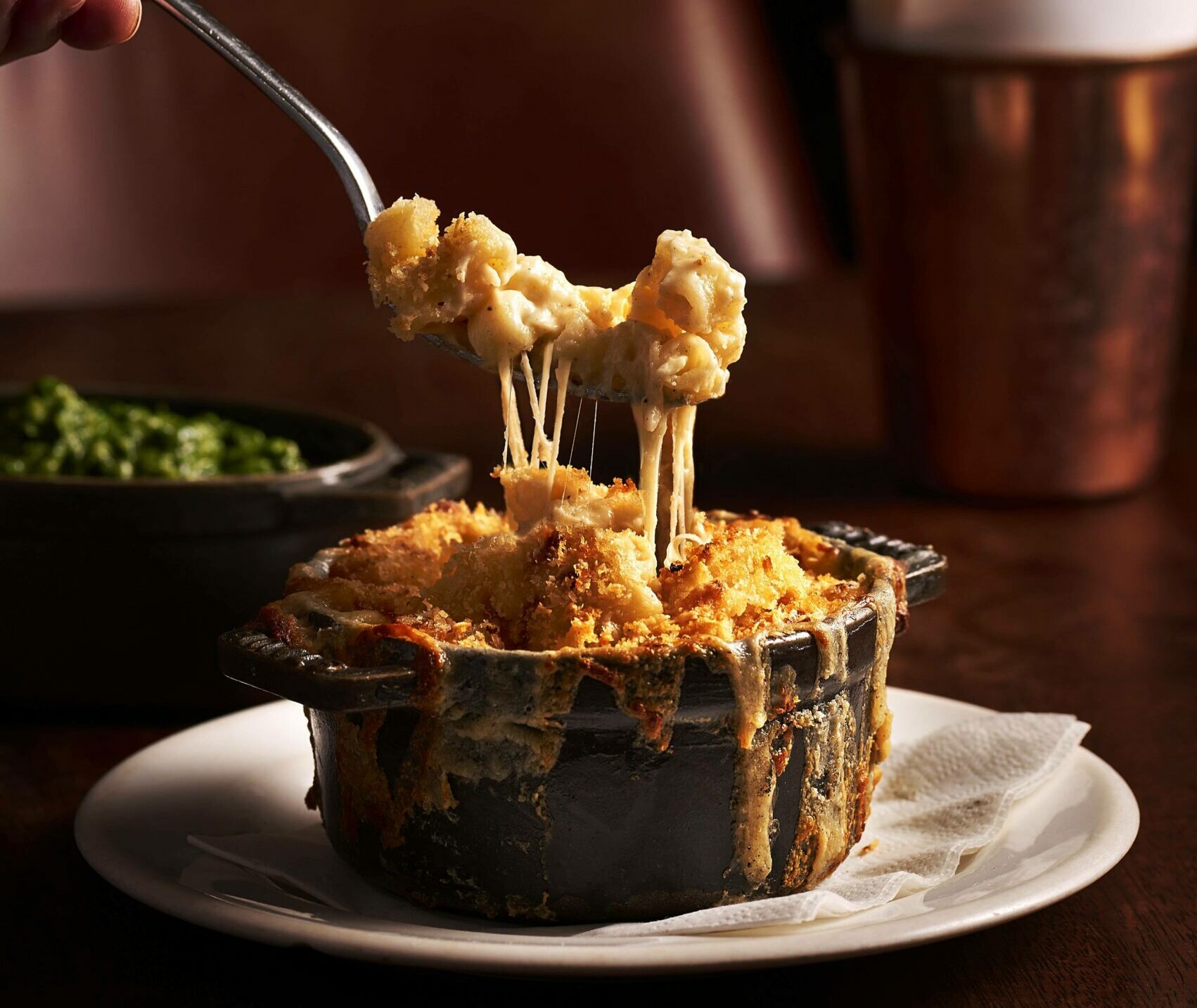What is a Sunday Roast?
Dating back to the fifteenth century on the British Isles, the Sunday roast was a celebration of indulgence at the end of the week, often breaking a religious fast after Sunday church service. A staple in our restaurants in the UK, we’re proudly introducing this tried-and-true tradition to the concrete jungle. We’re breaking down all the components of this iconic and comforting meal that’s brought people together for centuries. Think: Thanksgiving dinner but every.single.Sunday!
SLOW-ROAST RUMP
The center of each Sunday Roast is the beef. Traditionally, large joints of meat were roasted on a spit over an open fire. We achieve a similar flavor by starting ours on our charcoal grill, allowing the flavors of the cherry and oak wood , which are used to make our all-natural charcoal,to permeate the meat, and then finishing it in the oven. Our Sunday Roast centers around the all-natural, pasture-reared, dry-aged rump. This hearty cut offers a robust beefy flavor. When asked, our Head of Hospitality, Niamh, confirmed that in a Sunday Roast “the beef is where it’s at.”

BEEF DRIPPING POTATOES
No Sunday roast is complete without roast potatoes (often referred to adoringly by our team as roasties). And no roast potato is complete without a hefty dose of good animal fat. Forget wimpy vegetable oils, you want to bring out the big guns of duck or goose fat or beef dripping for richly flavored, ultra-crispy roast potatoes. American behemoth McDonald’s used to be a fan of making their fries like this, serving as the inspiration behind our Beef Dripping Fries as well, until a few disgruntled vegetarians realized and made them change their ways. Our Executive Grill Chef, Paddy, indulges us in memories of family drama as everyone would “be fighting over the last bottom, crispy bits of the roast potatoes.”
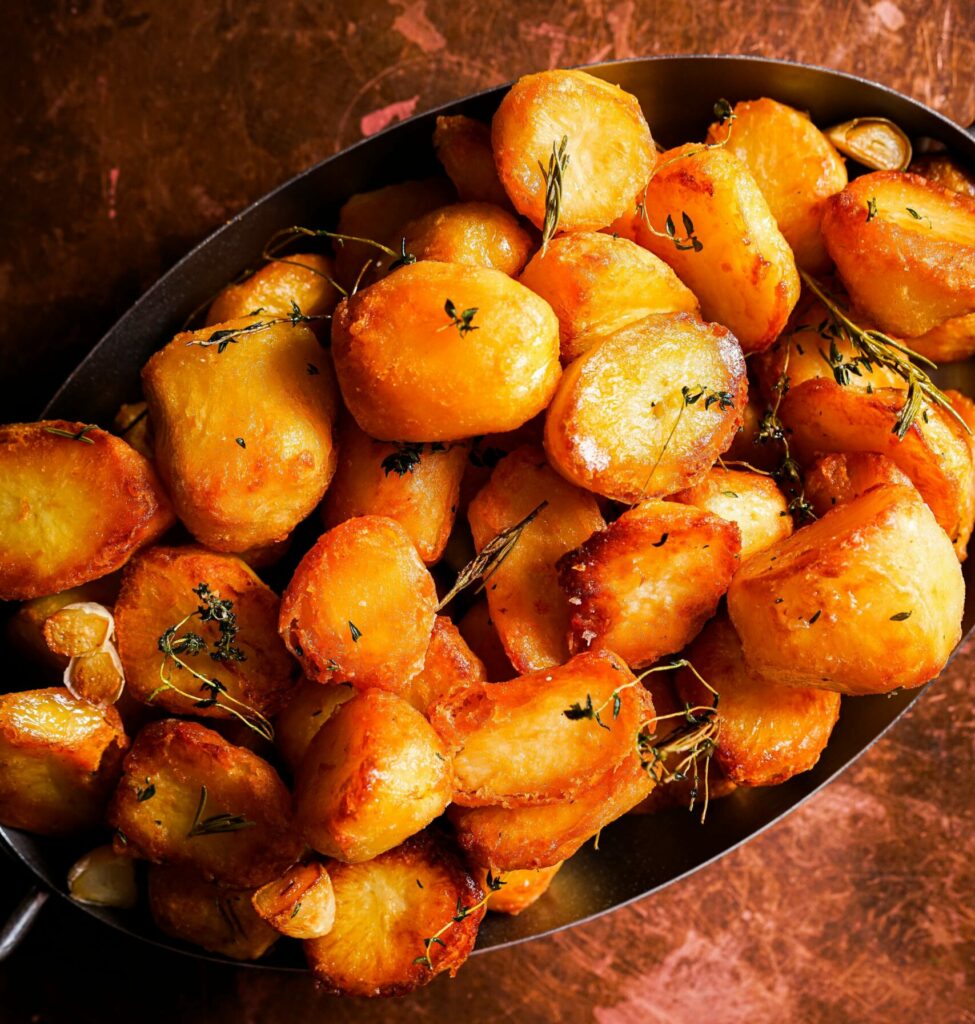
BONE MARROW & ONION GRAVY
In the eighteenth-century Voltaire quipped that, whilst having a hundred religions, the English had only one sauce. The French, on the other hand, had hundreds of sauces to titillate their tastebuds whilst plotting ways to oppress non-Catholics. The gravy is our version of what he probably had in mind, enriched with small pieces of bone marrow. And we love bone marrow. It was a staple of British cookery for centuries (Queen Victoria is said to have been a great big fan, apparently eating marrow on toast every day) until it fell out of favor in the twentieth century. It goes really well with steak, adding some fatty richness to leaner cuts and boosting flavor in ways you’d almost deem inappropriate.
YORKSHIRE PUDDINGS
A staple on our menu, and something that’s been a real joy to introduce New Yorkers to, is the infamous Yorkshire pudding. Yorkshire puddings date back to batter pancakes that were cooked under a spit roast, regularly doused in molten dripping. Now, cooking them en masse for our Sunday roasts, we don’t have that luxury, so a big old oven it is – but fear not, the beef dripping is most definitely still included. One guest perfectly described these pillows of dough as “wickedly crispy-on-the-outside-fluffy-on-the-inside.” We concur.
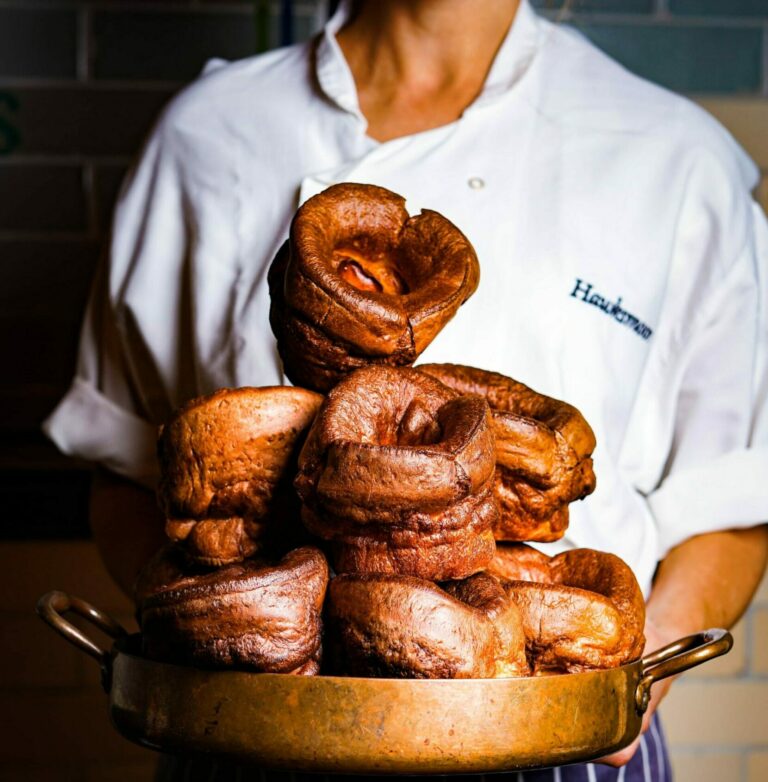
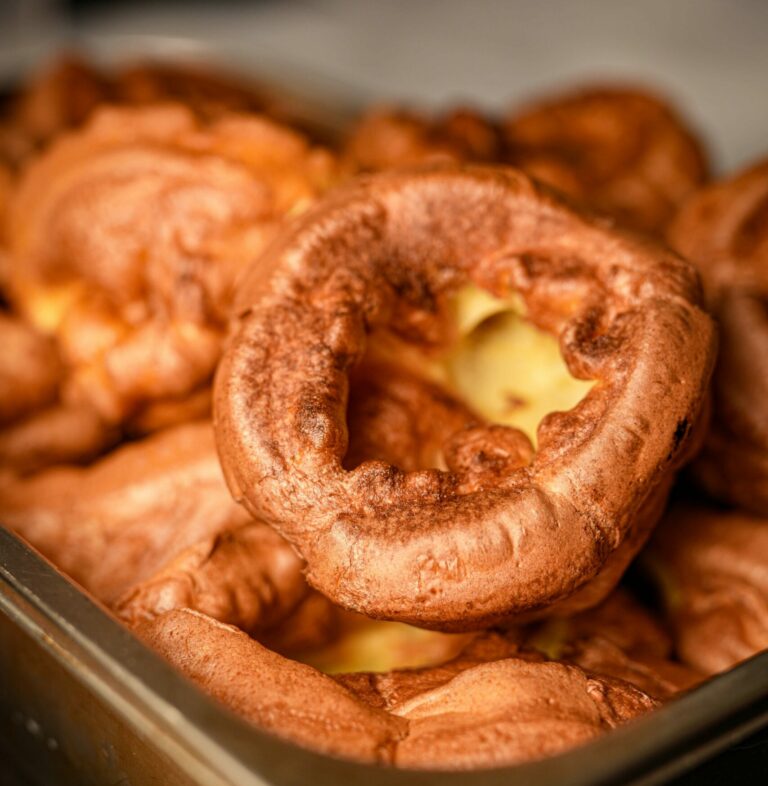
SEASONAL VEGETABLES
Rounding out the Sunday Roast plate are buttered cabbage, thyme roasted carrots, and roasted garlic and shallots. When asked about her favorite part of a Sunday Roast, our Executive Pastry Chef, Carla, was quick to answer. “One of my favorite bits of a Sunday Roast is the garlic. I love the garlic. As much garlic as I can get. I’m telling you, I can’t kiss anybody after a Sunday Roast – I’ll be smelling of garlic.” We recommend squeezing all the bits of roasted garlic atop the meat.

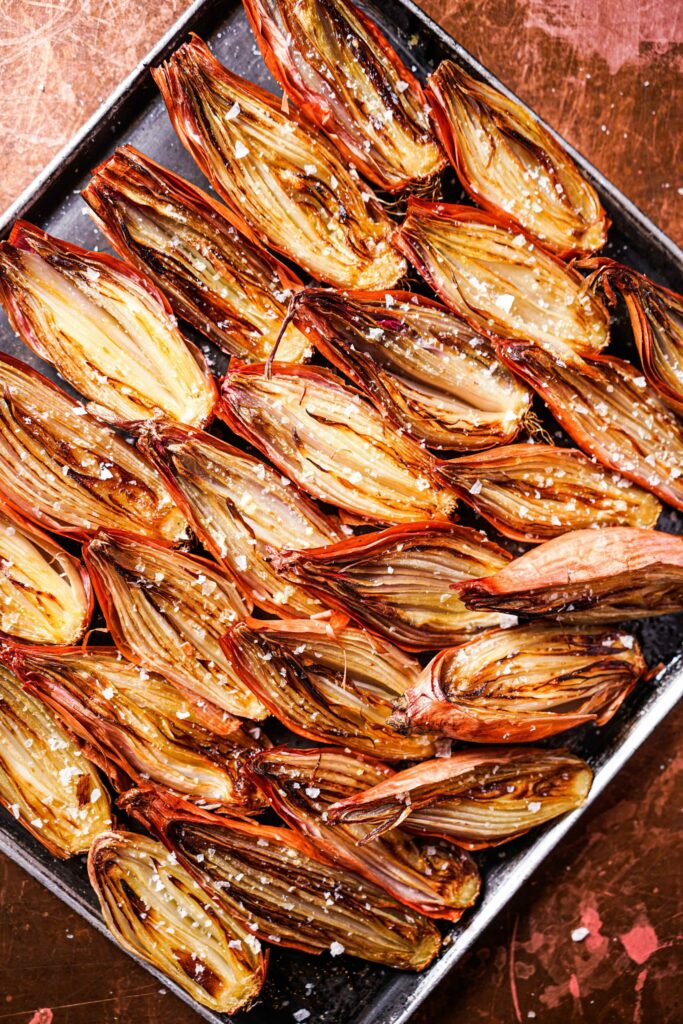

CAULIFLOWER CHEESE
Think Mac ’n’ Cheese, but the macaroni has been replaced with hearty cauliflower. First, we lightly boil the cauliflower, before it’s laced with creamy bechamel cheese sauce and topped with grated cheese for an added crunch before roasting in the oven. Ask our Group Executive Chef Matt about our Cauliflower Cheese and he’ll tell you “the thing I love about cauliflower is that if all else fails you can cover it with melted cheese and eat it with your Sunday Roast.”



